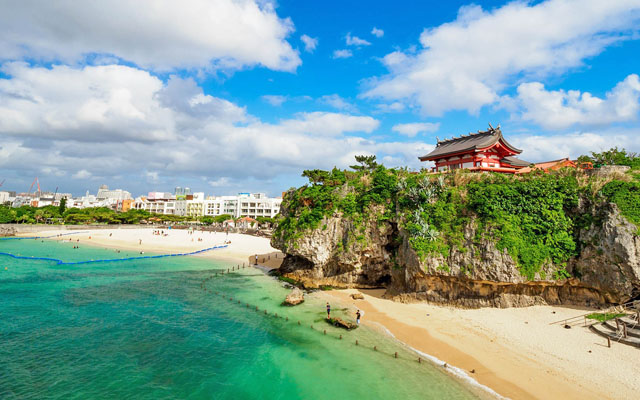The National Economic and Social Development Council (NESDC), Thailand’s central economic planning agency, released its 2Q2025 Economic Report on August 18.
The report shows Thailand’s tourism sector is slowing, although earnings continue to rise, mainly from higher-spending longhaul travellers. International arrivals in 2025 are projected at 33 million, down from 35.5 million in 2024 and below earlier forecasts.

Data from January to July 2025 shows the country received 19.3 million international tourists, a 6.4 per cent decline from the same period last year, with shorthaul markets such as China, Malaysia, Hong Kong, and South Korea seeing the largest falls. In May, the NESDC had projected 37 million arrivals, revised down from an earlier estimate of 38 million.
Despite fewer visitors, international receipts are expected to rise to 1.57 trillion baht (US$43.6 billion) in 2025, up from 1.5 trillion in 2024, but below the earlier forecast of 1.71 trillion baht. Average per-capita spending is projected at 47,686 baht per trip, up from 42,301 baht in 2024, reflecting a higher proportion of longhaul tourists.
The slowdown is affecting core service industries. Accommodation and food services grew 2.1 per cent in 2Q2025, down from 7.2 per cent in 1Q2025. International visitor numbers fell 12.2 per cent to 7.14 million, equivalent to 87.24 per cent of pre-Covid levels, while hotel occupancy dropped to 69.8 per cent from 74.9 per cent. 2Q2025 tourism receipts reached 647 billion baht, a 12.1 per cent increase year-on-year, slower than 1Q2025’s 13.7 per cent growth.
Analysts warn that weaker near-term demand will affect transport, retail, and food services, leading the NESDC to cut Thailand’s 2025 GDP midpoint growth forecast to 2.0 per cent, citing both softer exports and cooling tourism.
To counter the slowdown, the NESDC recommends improving safety and readiness in tourism infrastructure, launching targeted campaigns to attract high-spending travellers, and advancing sustainable tourism to strengthen long-term industry resilience and competitiveness.

















